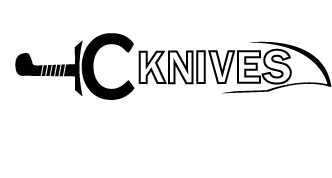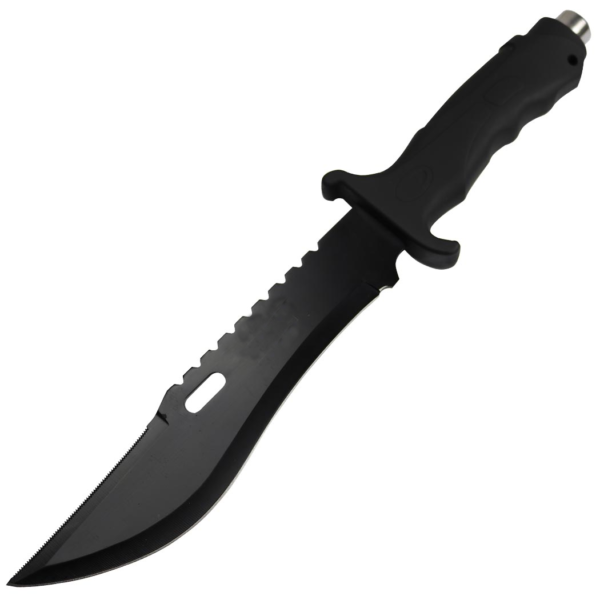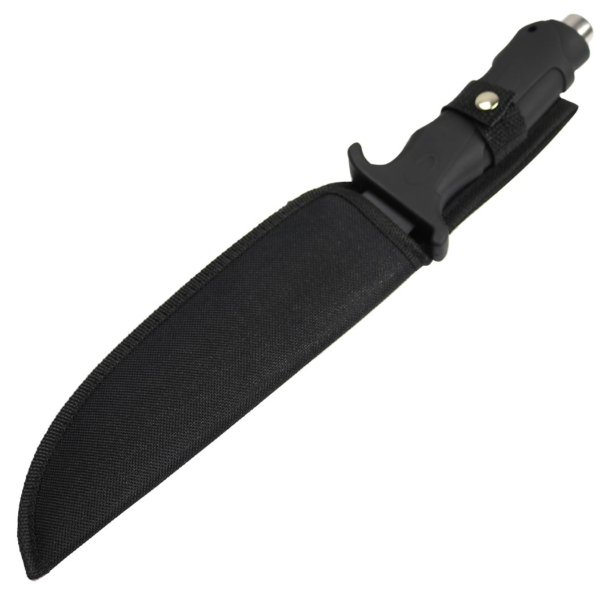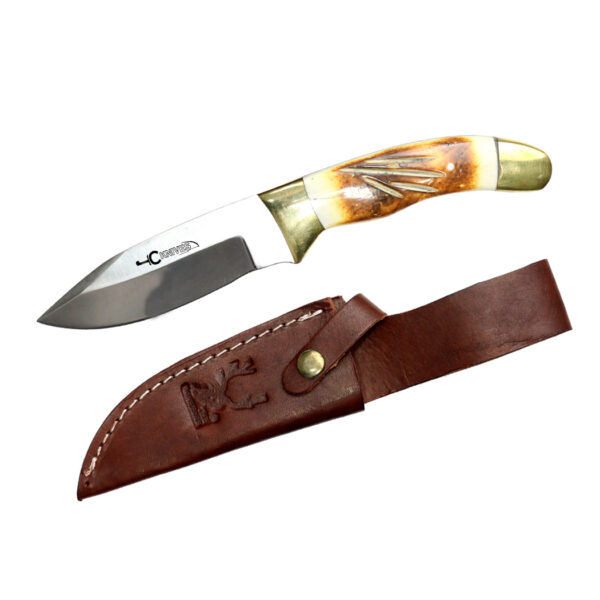Black Anodized Fixed Blade Hunting Knife Stainless Steel
Original price was: $90.00.$70.00Current price is: $70.00.Black Full Tang Survival Outdoor Knife with Nylon Sheath
Original price was: $80.00.$65.00Current price is: $65.00.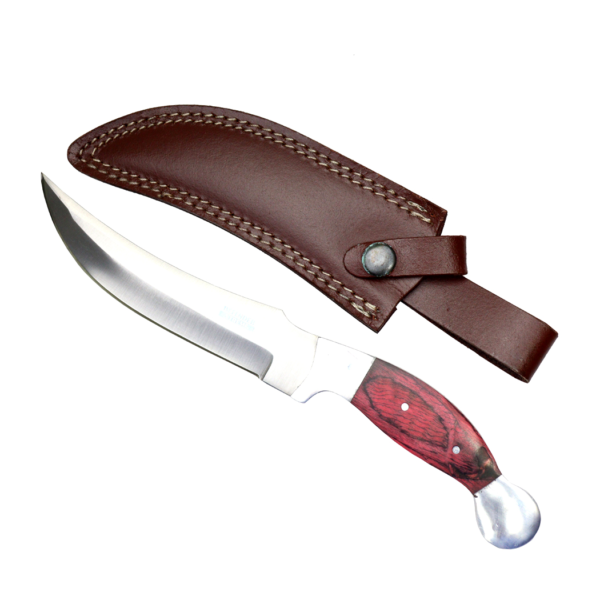
Full Tang Hunting Knife Red Wood Handle and Leather Sheath
Original price was: $70.00.$60.00Current price is: $60.00.
Green Wood Handle Stainless Steel Hook Blade Hunting Knife With Sheath
Original price was: $90.00.$70.00Current price is: $70.00.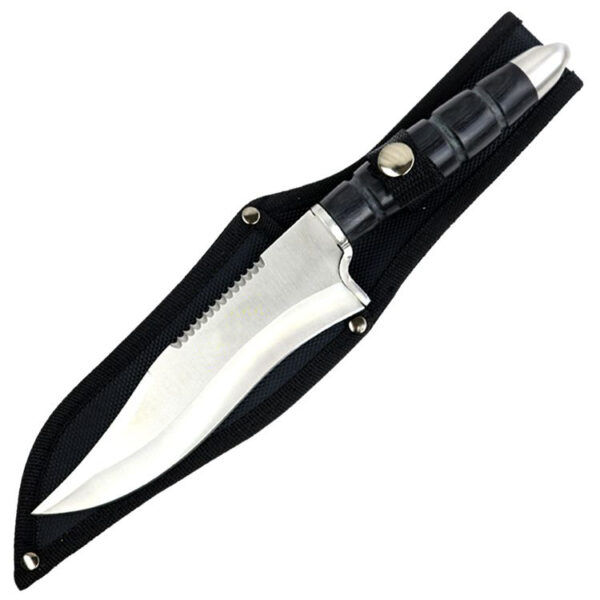
Hunting Tactical Survival Knife With Sheath – Black Handle
Original price was: $90.00.$66.00Current price is: $66.00.Multi Wood Handle Stainless Steel Hook Blade Hunting Knife With Sheath
Original price was: $80.00.$65.00Current price is: $65.00.Stainless Steel Blade Survival Knive with Sheath Heavy Duty
Original price was: $80.00.$60.00Current price is: $60.00.Stainless Steel Full Tang Survival Hunting Knife Tactical
Original price was: $80.00.$60.00Current price is: $60.00.Hunting Knives
Hunting knives are a crucial tool for any avid hunter, as they are designed to help them prepare their game for consumption. The unique structure of hunting knives reflects a blend of tradition and innovation, ensuring these blades meet the diverse demands of outdoor enthusiasts and make them ideal for hunting tasks.
Whether crafted for specific hunting tasks or designed with multifunctional features, hunting knives remain indispensable tools for those who seek adventure in the great outdoors.
Types Of Hunting Knife We Offer
Embark on your hunting adventures with confidence, armed with our diverse selection of hunting knives crafted to meet the specific needs of outdoor enthusiasts. From the rugged terrain to the precision required for field dressing, our knives are designed to deliver exceptional performance. Explore the three distinctive types of hunting knives we offer, each tailored for a unique purpose.
-
Fixed-Blade Hunting Knives
Our fixed-blade hunting knives stand as a testament to rugged reliability and uncompromising strength. These knives feature a solid, non-folding blade that offers stability and durability, making them ideal for a myriad of outdoor tasks.
Choose from a variety of blade designs, including the classic drop point, clip point, or skinning blades, each tailored for specific hunting needs. Well-suited for general hunting tasks, field dressing, and camping. Their robust construction makes them reliable for heavy-duty cutting in challenging outdoor environments.
-
Folding Hunting Knives
Embracing the spirit of convenience and portability, our handmade folding hunting knives provide a compact solution without compromising on quality. These knives feature a hinged blade that folds into the handle, offering ease of carry and storage.
The folding design doesn’t compromise on versatility, you can find folding hunting knives with various blade shapes, ensuring that you have the right tool for different outdoor tasks. Folding knives are convenient for those who need a reliable tool that can be easily stowed in a pocket or backpack.
-
Gut Hook
Our Gut Hook blade hunting knife is a specialized tool designed for the precise and efficient gutting of game animals. With a distinctive gut hook near the tip of the blade, this knife allows hunters to open the abdomen during field dressing without compromising the meat. Tailored for hunters who prioritize easy and safe field dressing with a focus on minimizing the risk of damaging internal organs.
How Can You Sharpen Your Hunting Knives?
Sharpening kitchen knives is an essential part of maintaining their effectiveness and safety. Here are some steps you can follow to sharpen your hunting knives:
- There are various sharpening tools available on the market, including sharpening stones, honing rods, and electric sharpeners.
- Select the option that aligns with your taste and matches your proficiency level. Pick the one that suits your preferences and skill set the best.
- Before sharpening, clean the knife thoroughly to remove any dirt, debris, or food particles. Make sure the blade is dry to prevent any slippage during sharpening.
- Most hunting knives have a bevel angle of around 20–25 degrees on each side of the blade. Use a sharpening guide or a honing rod to maintain this angle consistently.
- Place the blade at the correct angle on the sharpening stone or honing rod, and apply gentle pressure. Move the blade along the stone or rod in a sweeping motion, keeping the angle consistent. Perform this procedure on each edge of the blade. Carry out the same steps on both sides of the cutting edge.
- After sharpening, check the edge of the blade by running a fingernail along it. If the blade feels sharp, it’s ready to use. If the desired result is not attained, simply go through the sharpening process once more.
- After sharpening, use a honing rod to realign the blade’s edge and remove any burrs. This step is essential to maintaining the blade’s sharpness between sharpening sessions.
- After sharpening and honing, clean the blade thoroughly and dry it completely. Store the knife in a safe place, preferably in a knife block or a sheath, to prevent any accidental injuries.
Where Can You Find Quality Hunting Knives?
If you are looking for high-quality hunting knives, look no further than IC Knives. We offer a wide selection of top-rated hunting knives that are designed to meet the needs of serious hunters. We are dedicated to delivering superior products to our customers at prices that give them excellent value. Our commitment lies in offering high-quality items that stand out in the market, all while maintaining competitive prices.
Our knives are made with precision and care, ensuring that they are durable, sharp, and reliable. We also offer a satisfaction guarantee, so if you are not completely satisfied with your purchase, you can return it for a full refund. Whether you are a seasoned hunter or a beginner, come visit us and experience the best in hunting knives and outdoor gear!
